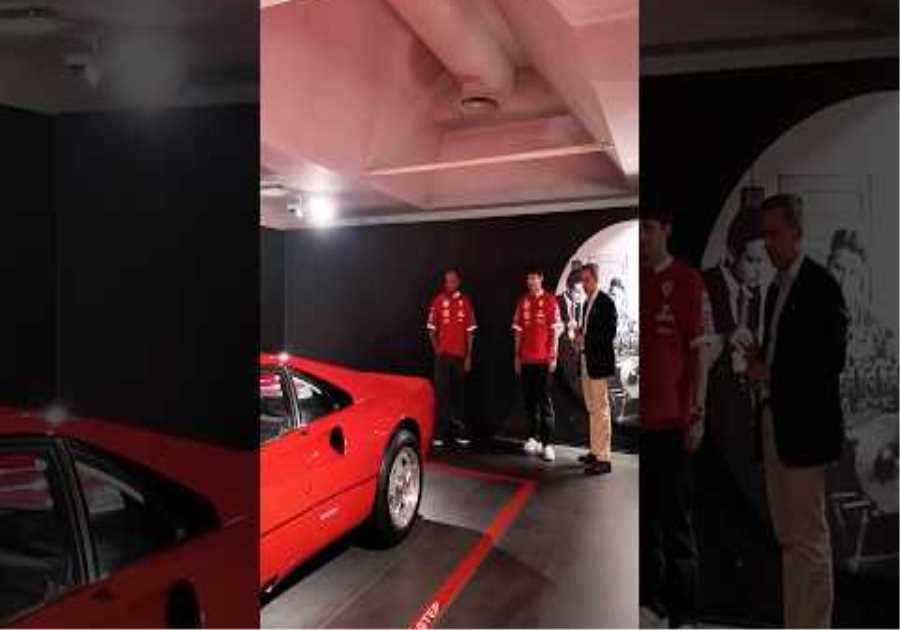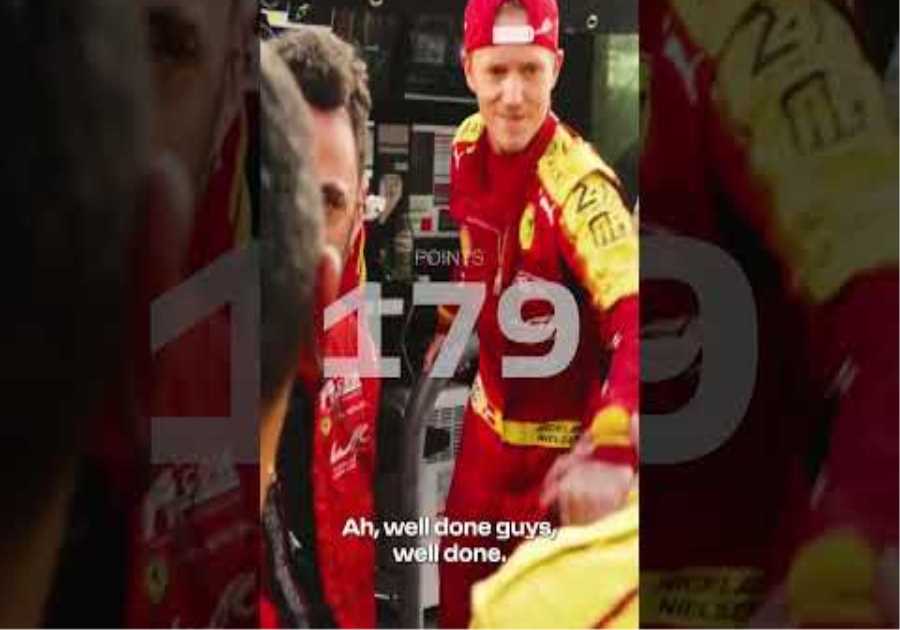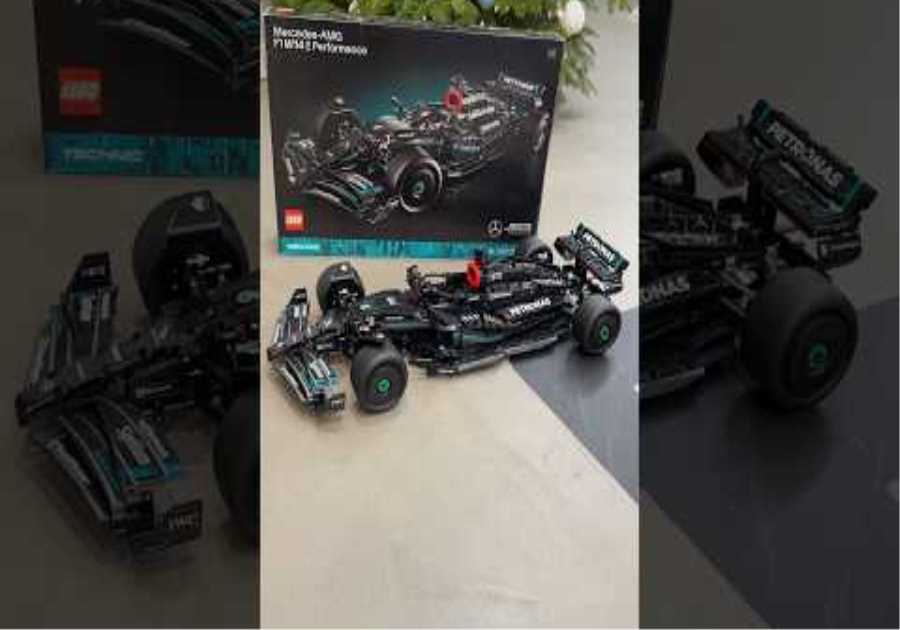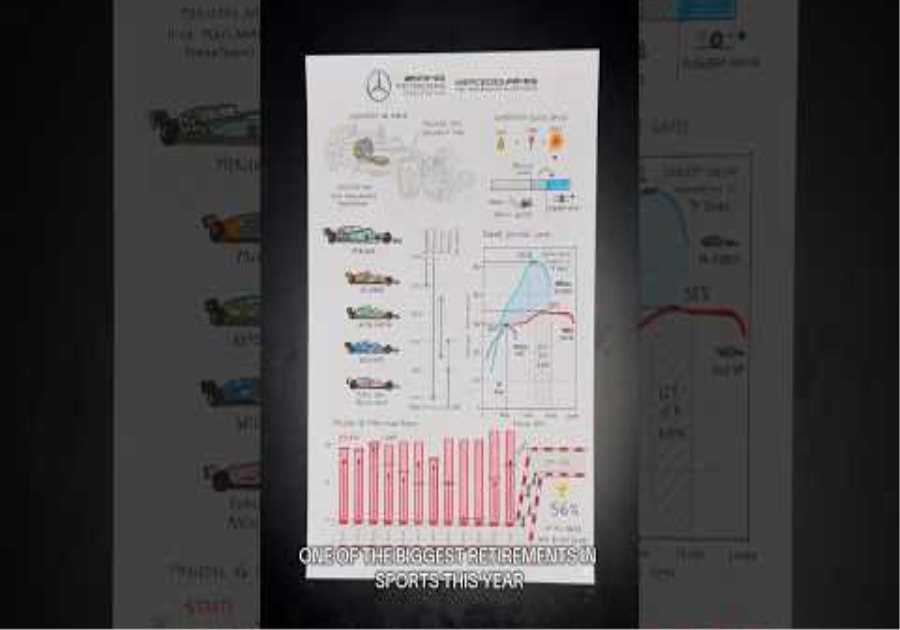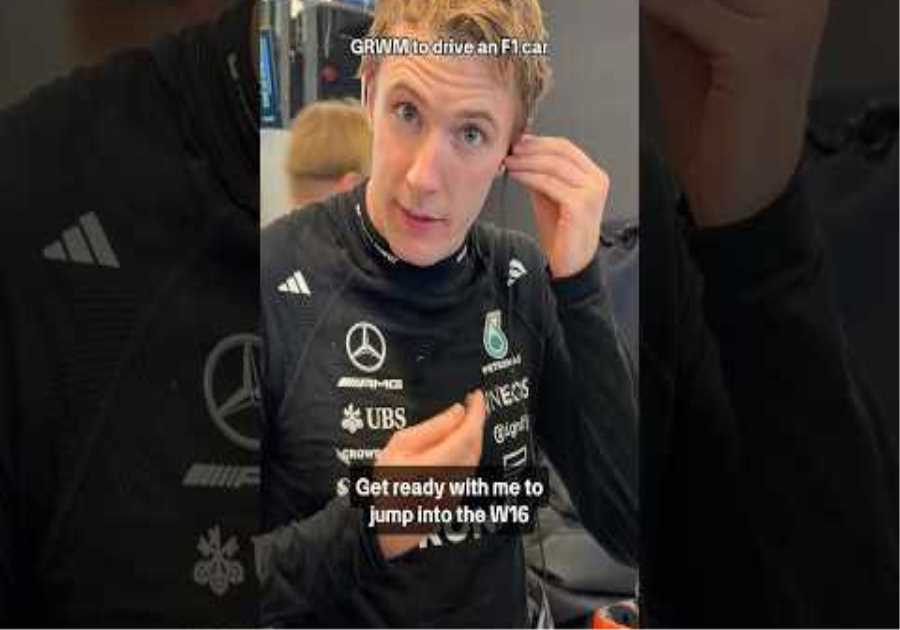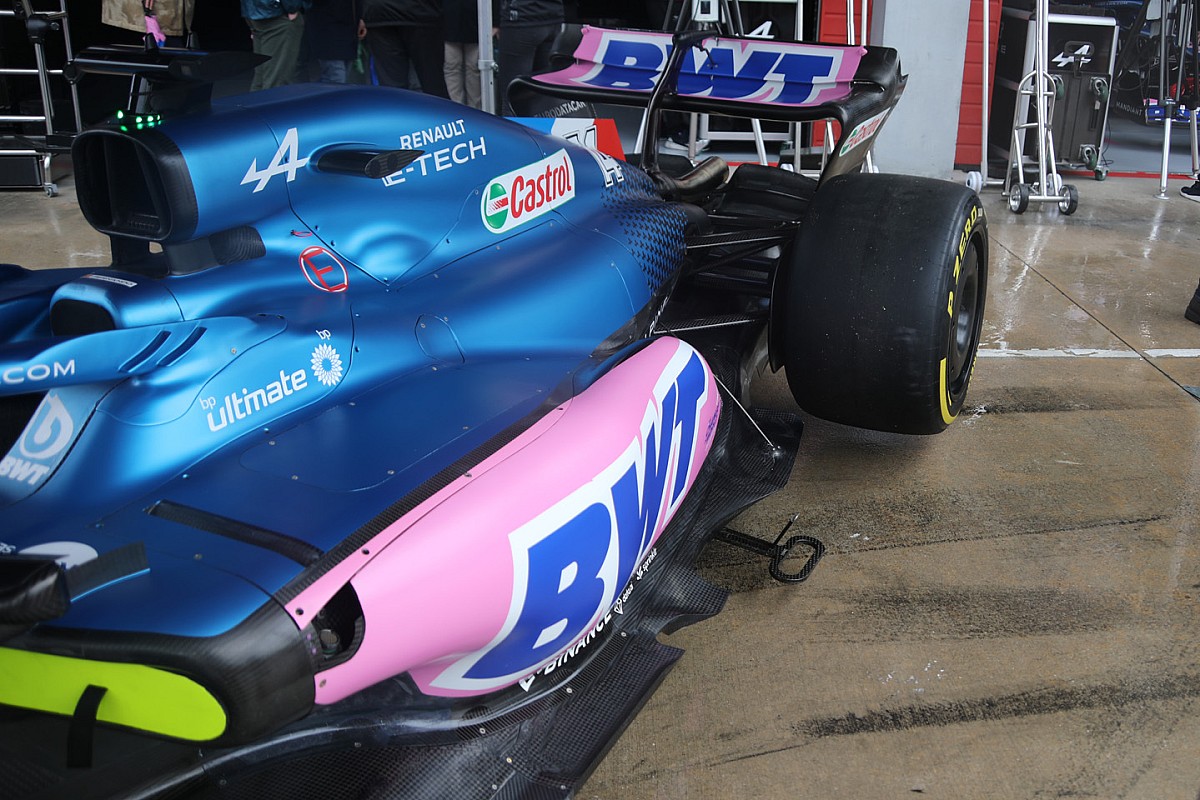
Included as part of this was a new floor and beam wing, as the Enstone-based team continues to optimize its aerodynamic package over the first phase of the championship.
Most interestingly, one of the floor’s new features is the addition of a metal stay, something Alpine had previously not needed like other teams.
While its competitors had found they needed the stays to stop their lightweight floors from flexing and triggering porpoising, Alpine had taken a hit in running a bulkier floor that didn’t need extra support.
It was an area Alpine’s chief technical officer Pat Fry had pointed out earlier in the campaign as having given his rivals an advantage.
“We designed our car for maximum performance, but accepting that it was going to be slightly heavier and slightly overweight,” he said in Saudi Arabia.
“We put a lot of stiffness in the floor and our wide top body also allows you a stiffer installation. So that’s helped us out to be honest.
“But it was a bit of a cop out when a stay was added. But what can I say? That was a bit frustrating.
“We haven’t put it [the stay] on because we’re already stiff enough, and I expect that has helped other people out massively.
“That’s all part of the game. We just have to take it on the chin and design around it for the next upgrade. You can make a lighter car but we’ve already spent the weight.”
It seems Alpine has adopted the mentality that if you can’t beat them, join them – by going for a stay that suggest its floor is now lighter to take advantage of the fact it can get extra support.
The inclusion of the stay likely allows Alpine to reduce some of the weight and stiffness of the floor, as it will now take up the slack that had been previously been there from the stronger concept.
The new floor also saw the design of the floor edge cutouts optimised, with a larger, more steeply angled, section housed between the two crescent-shaped cutouts (red arrow).
The design is reminiscent of the one seen over on the Red Bull RB18, with Alpine also joining Red Bull and Ferrari in following Aston Martin’s lead as it added winglets to the keel (blue arrow, inset).
Alpine A522 floor comparison
Alpine also made further changes to the floor edge strake (dotted yellow line), which has proven to be a source of interest to the team already this season, with its geometry altered on numerous occasions.
The new design retains the larger surface area of its predecessor but, rather than having a sinuous drop off where it intersects with the floor, it now has a sharp edge, one for which you’d expect a more vociferous vortex to be shed.
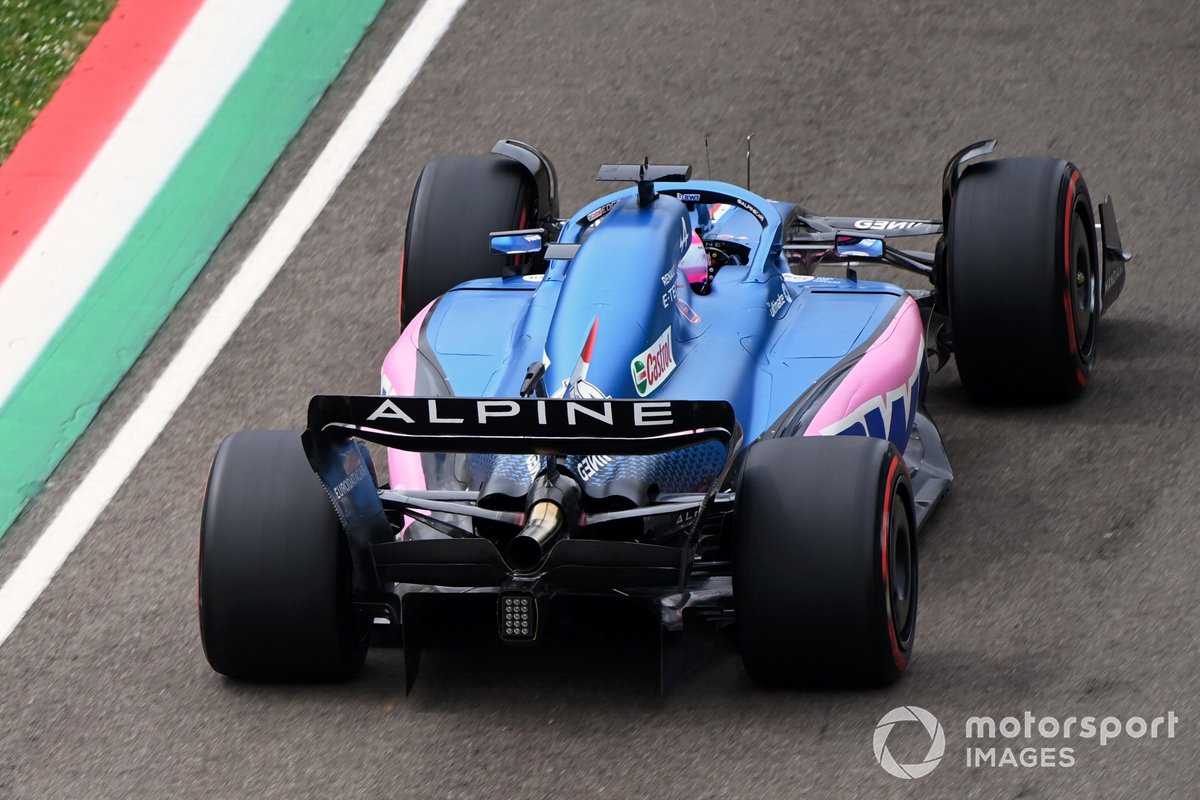
Fernando Alonso, Alpine A522
Photo by: Mark Sutton / Motorsport Images
A new beam wing was also part of the package, with the chord length of the upper element altered across its span but more so on the outboard section.
AlphaTauri revisions
Alpine was not the only team bringing some big changes to Imola, with AlphaTauri also electing for some corrective surgery to try and lift the performance envelope of its AT03.
This started at the front of the car, with a revised brake duct inlet deployed in order to alter how cool air is collected and how the airflow migrates around the entire assembly.
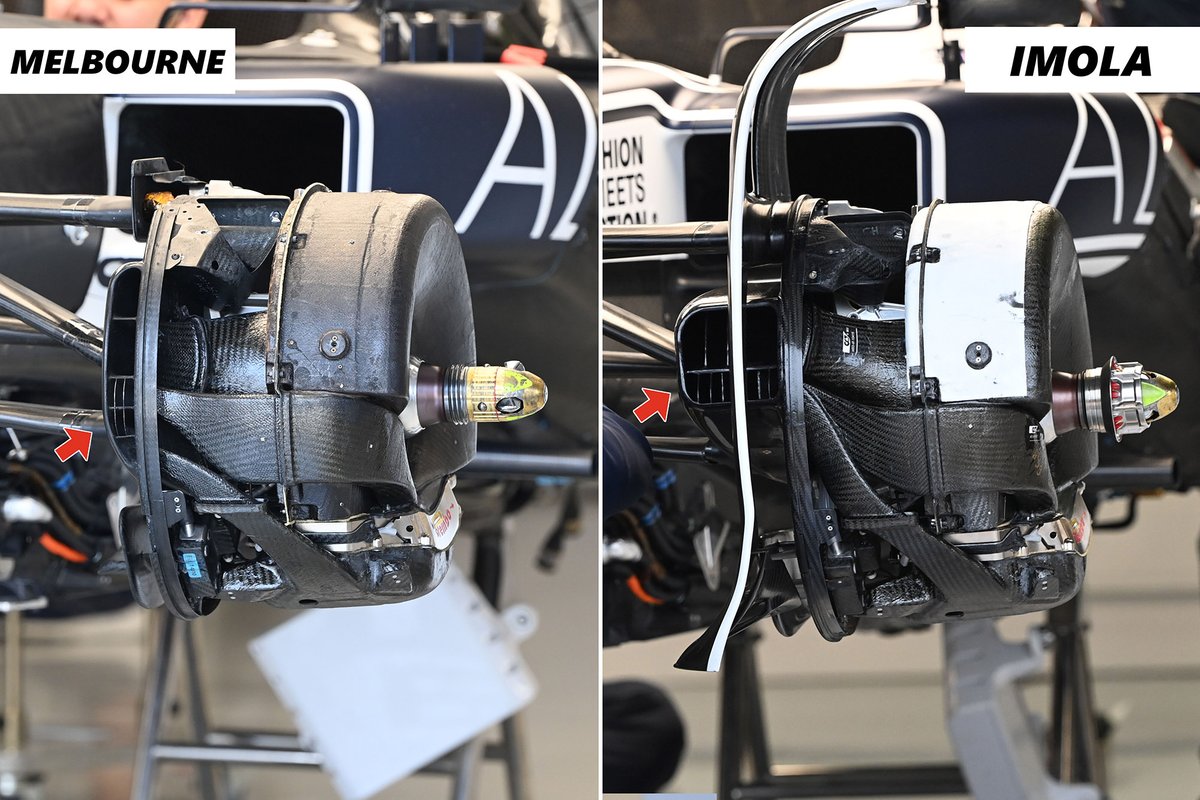
Alpha Tauri AT03 front brake duct comparison
The narrow but tall inlet favored in the opening few rounds of the championship made way for a more traditional D-shaped inlet, which straddles both the interior and exterior of the main vertical fence.
This is a design technique used by many of its rivals and allows airflow to be captured between the fence and the tyre’s sidewall, as well as by the part of the inlet that protrudes out from the fence.
You’ll note this has required the internal duct work to be altered slightly too, in order that it captures and delivers airflow to the caliper, while some heat reflective tape has also been added to the brake disc shroud.
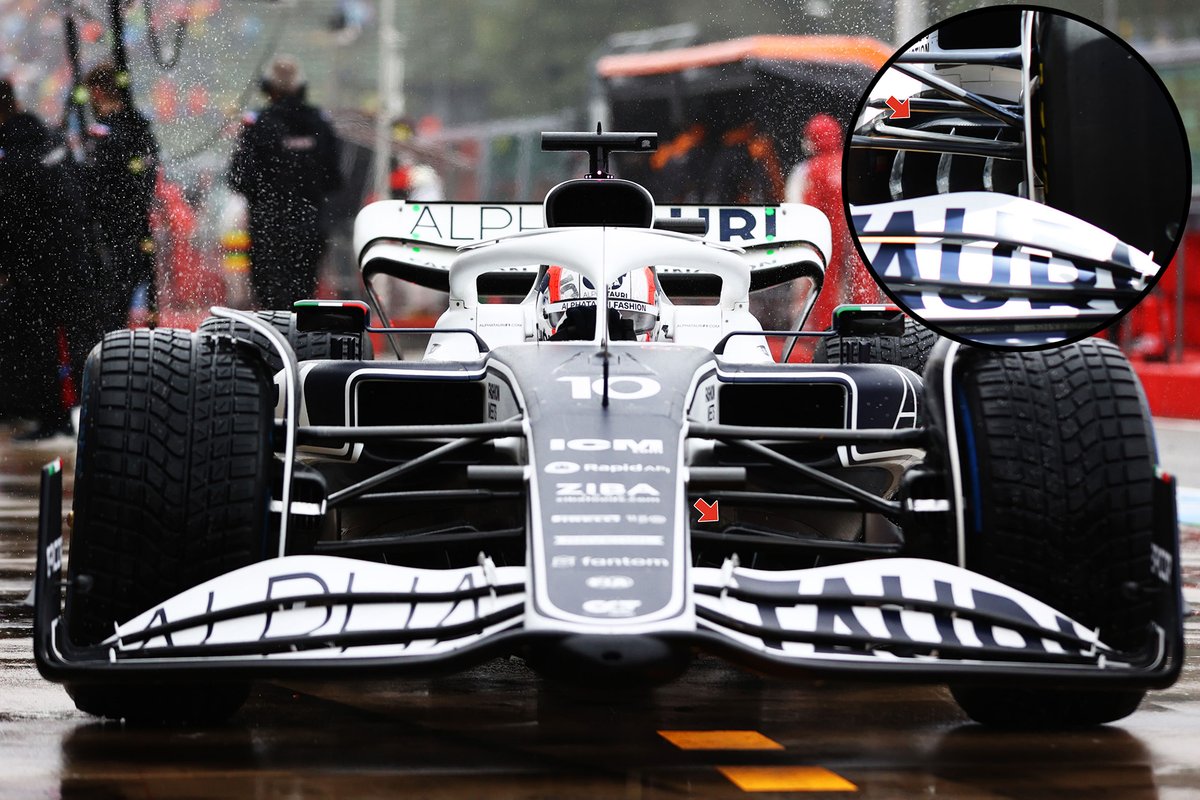
Alpha Tauri AT03 floor tunnel comparison
The design team has also been busy when it comes to refining its floor design, with the tunnel entrance and floor fences revised in order to alter the distribution between what’s captured by the tunnel and what’s delivered to the upper surface.
The new specification relies on a taller inboard section, with a more abrupt curvature to the surface as it intersects with the most inboard strake (red arrow, old specification inset).
Meanwhile, at the rear of the car, the team has not only moved the metal stay to a new position on the floor (red arrow, below), which will alter the load profile of the section, it has also modified the curled edge ahead of the rear tire and the design of the diffuser’s sidewall.
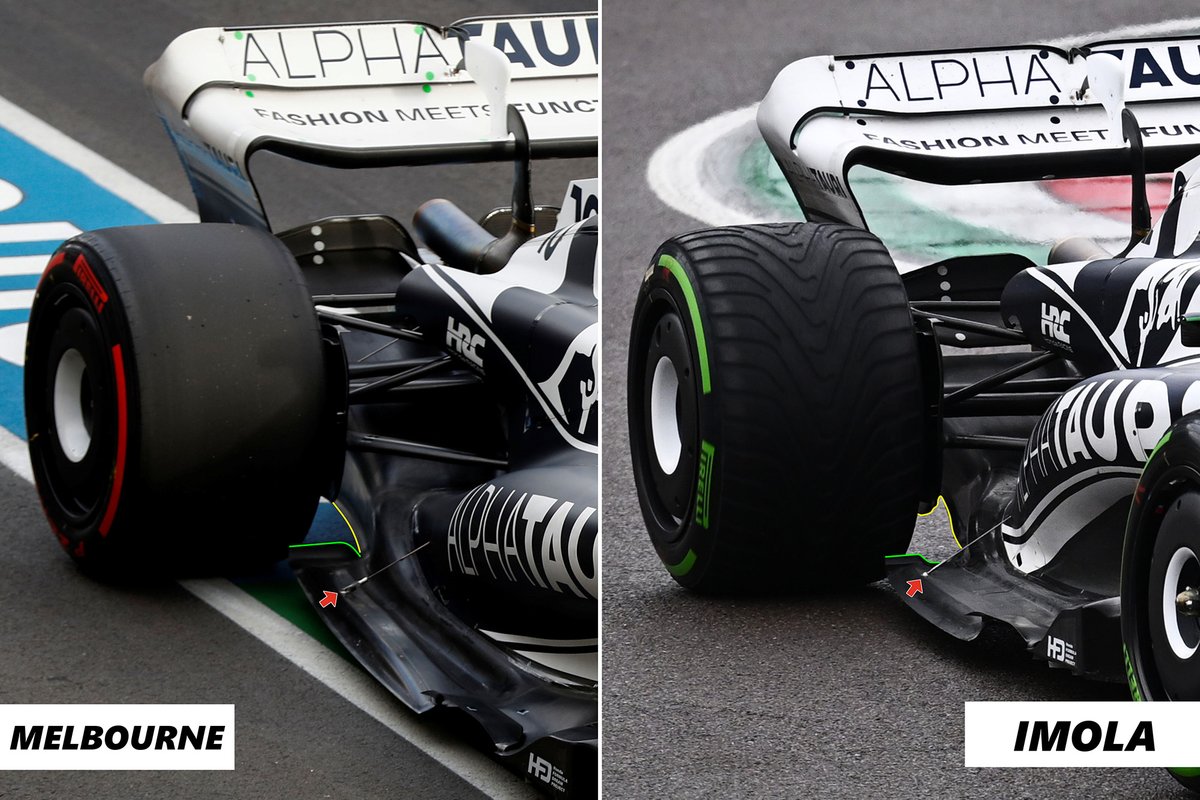
Alpha Tauri AT03 floor comparison
As denoted by the green line, the upwardly curled edge has been narrowed, creating less of a pinch point where the sections meet, while a mouse house-shaped hole has also appeared in the sidewall of the diffuser, which is a feature we’ve already seen many of its rivals deploy, as it looks to alter the strength of the diffuser’s edge vortex.

